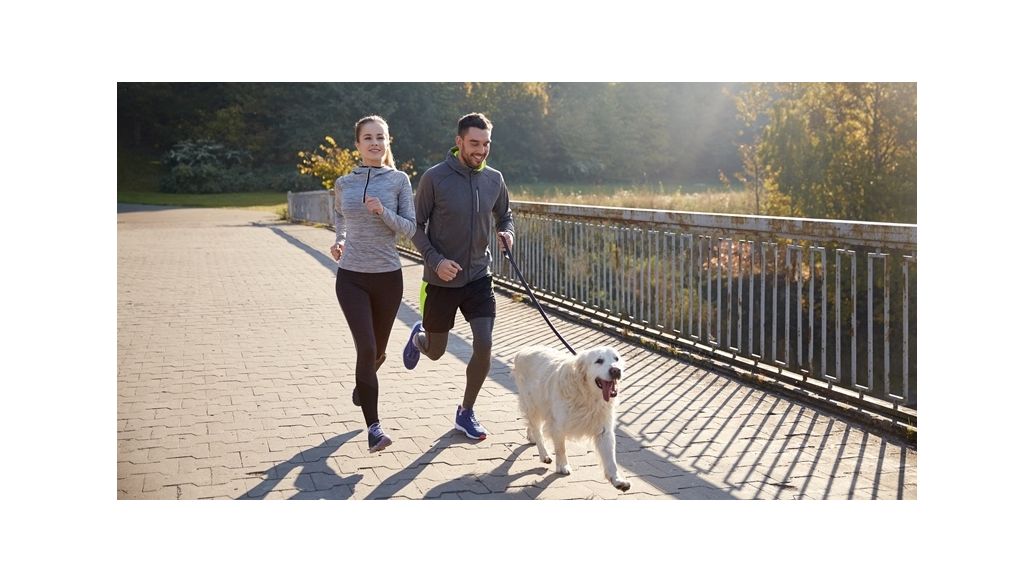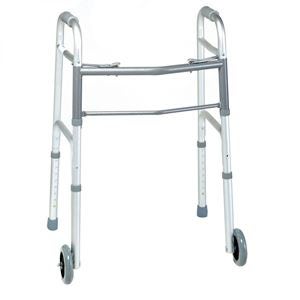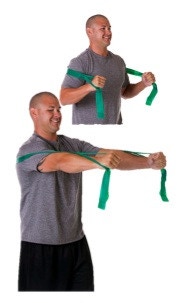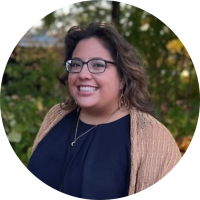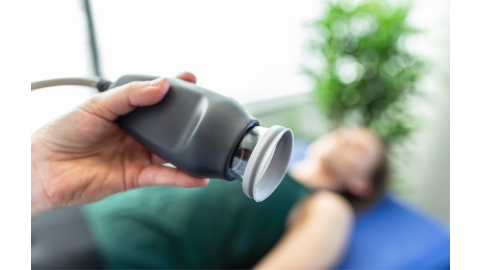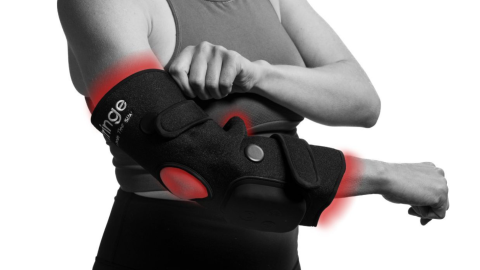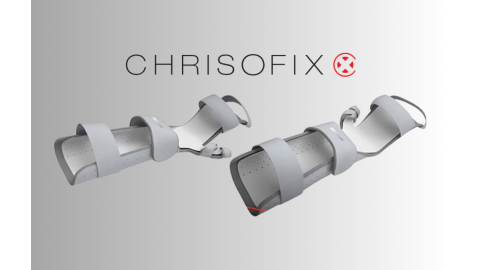Returning home from active duty with injuries, being injured at home, or just getting older can affect the active lifestyle that most armed forces members enjoy. Rehabilitation can help veterans regain skills they use during their daily life and cope with disabilities. The different therapies they go to will depend on their unique needs and individual rehabilitation plan. Find out how rehab can help veterans return to their active lifestyle!
What is an individual rehabilitation plan?
An individual rehabilitation plan is a treatment plan designed to help you progress toward maximizing your independence. The plan may include a variety of therapies and treatments to help you reach your goals and achieve the highest level quality of life possible.
Occupational Therapy
Occupational therapy focuses on improving your ability to perform activities of daily life (ADLs). This means they focus on areas like dining, bathing, toileting, and other everyday activities. An occupational therapist (OT) might recommend adaptive tools to help you complete these tasks independently. For example, weighted silverware makes it easier to eat with tremors, while a utensil holder offers support for people with a weak grasp. And an adaptive cutting board makes it easier for people with an upper limb amputation or hemiparesis from a stroke to do the prep work for cooking. An OT may recommend using a shower chair or grab bar in the bathroom to increase your safety while bathing. They will also show you how to use the adaptive tools like dressing aids (sock aid, dressing stick, reacher, and more).
|
Speech Therapy
Speech therapy helps treat communication problems including how your speech sounds or how you communicate what you are thinking. You might watch your mouth in a mirror to practice forming the correct sounds or use a breath trainer to strengthen the muscles used when talking and breathing. Depending on your needs, you could work with object cards to improve your communication skills. Speech-language pathologists also work with feeding and swallowing disorders, including dysphagia. These are important conditions to treat because problems could lead to aspiration (choking due to food or drinks entering the lungs). A dysphagia cup can help increase your safety while drinking. Speech and communication are an important part of an independent lifestyle and this therapy can help.
Vision Rehabilitation
Vision rehabilitation by optometrists or ophthalmologists (eye doctors) help people who are visually disabled. This treatment may include prescribing optical, non-optical, or electronic treatments. In addition to eye care, rehab may include other services that give instruction in compensatory approaches. Simple solutions like magnifiers and larger buttons on remotes and phones may make life easier for people with vision impairments. Higher contrast can also make it easier to see whether it’s keys on a keyboard or food on plates. Talking aids can also help compensate for vision loss and come in many options from watches to scales.
Physical Therapy
Physical therapy focuses on movement. Physical therapists (PTs) teach and prescribe exercises to increase mobility and reduce pain. These exercises may include larger equipment like a bike, elliptical, or weights that may be used in in-patient or out-patient rehabilitation centers. You will also be given exercises to complete at home. This could include using a TheraBand Resistance Band to increase your muscle strength, a stability trainer to improve your balance, or a hand exerciser to increase your grip strength. Physical therapy exercises can help you return to your active lifestyle.
|
Recreational Therapy
Recreational therapy involves fun activities, but it isn’t all games. Each activity has a targeted purpose to help promote independence and wellness. The activities help people with disabilities learn how to return to activities they enjoyed previously and enhance their quality of life by reducing isolation, stress, anxiety, and depression. Activities can include cooking, arts and crafts, gardening, music, pet therapy (dogs, horses, and other animals), sports, and physical activity (hiking, boating, etc.). Recreational therapy can help you return to your favorite activities or offer an opportunity to explore new options.
Returning to an active lifestyle involves more than just physical fitness. Taking a holistic approach can help vets live a life they love, as independently as possible. Help veterans start their rehabilitation journey today!
Medical Disclaimer: The information provided on this site, including text, graphics, images and other material, are for informational purposes only and are not intended to substitute for professional medical advice, diagnosis or treatment. Always seek the advice of your physician or other healthcare professional with any questions or concerns you may have regarding your condition.

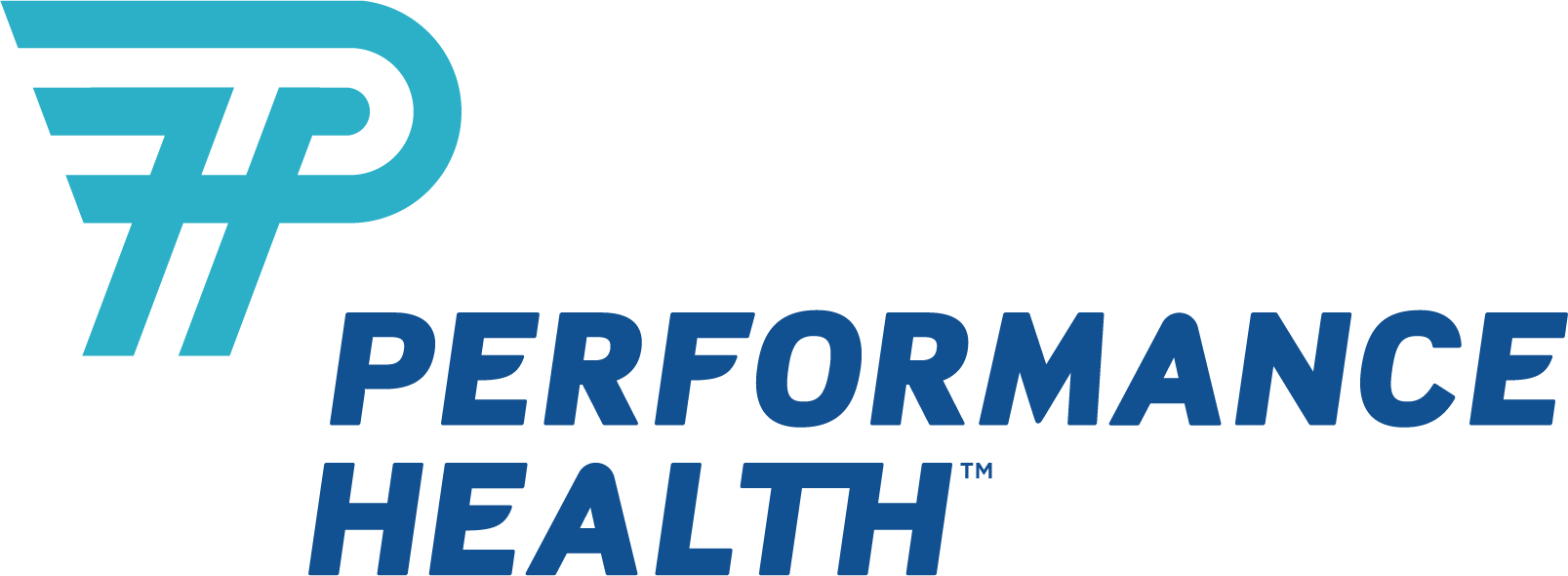






 France
France Australia
Australia